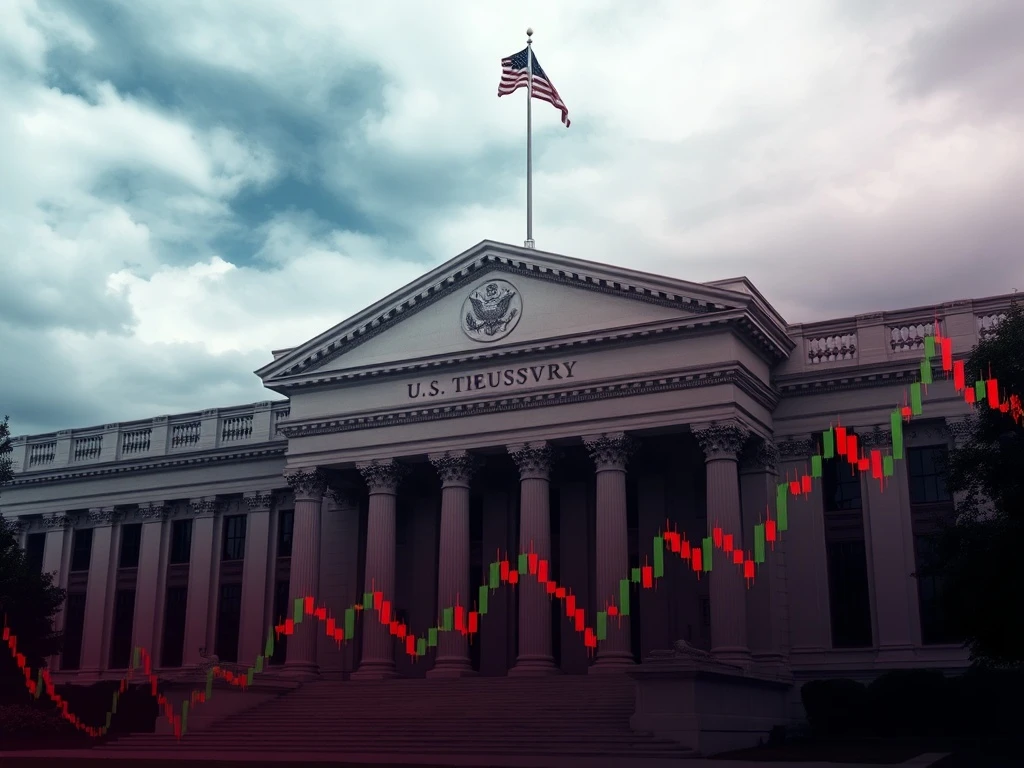U.S. Treasury Shocks Markets with $1 Trillion Short-Term Debt Plan Under Bessent

The U.S. Treasury is making waves with a bold $1 trillion short-term debt issuance plan this quarter. This strategic shift under Treasury Secretary Scott Bessent could have far-reaching implications for markets, including cryptocurrencies. Here’s what you need to know.
Why Is the U.S. Treasury Relying on Short-Term Debt?
The Treasury’s move to raise $1 trillion via short-term debt marks a significant departure from previous strategies. Key points:
- Flexibility: Short-term debt (maturing in one year or less) allows aggressive borrowing without immediately impacting long-term rates.
- Risk: Continuous refinancing exposes the government to potential interest rate spikes.
- Debt Ceiling: This approach helps navigate federal spending constraints.
Scott Bessent’s Controversial Strategy Shift
Bessent, who previously criticized similar tactics under Janet Yellen, is now embracing short-term debt. Critics call this “activist Treasury issuance,” arguing it blurs fiscal and monetary policy lines. Economists like Stephen Miran warn it could undermine the Federal Reserve’s role.
How This Affects Cryptocurrency Markets
While not directly tied to crypto, the Treasury’s debt strategy could influence broader market sentiment:
- Increased volatility in traditional markets may drive interest in crypto as a hedge.
- Rising interest rates could impact liquidity conditions.
- Trade tensions mentioned by Bessent may affect global risk appetite.
What’s Next for Federal Borrowing?
The Treasury faces a delicate balancing act. While short-term debt offers immediate flexibility, long-term risks remain. Investors should watch for:
- Federal Reserve responses to Treasury actions
- Interest rate movements
- Ongoing trade negotiations
Frequently Asked Questions
Why is the Treasury focusing on short-term debt now?
The strategy allows aggressive borrowing without immediately affecting long-term interest rates, providing flexibility under debt ceiling constraints.
How could this impact cryptocurrency markets?
While not directly related, increased traditional market volatility may drive some investors toward crypto assets as alternatives.
What are the risks of this approach?
The main risk is exposure to interest rate spikes since short-term debt requires frequent refinancing at current market rates.
How does this differ from previous Treasury strategies?
Current Secretary Bessent had criticized similar short-term borrowing under his predecessor, making this shift particularly notable.








